Frost Museum Features Contemporary Art of the Caribbean Archipelago

“Relational Undercurrents: Contemporary Art of the Caribbean Archipelago” (Oct. 13 – Jan. 13) headlines the powerful new season of exhibitions and programming for Art Basel 2018 at Florida International University’s Frost Art Museum in Miami.
This is the first major survey of this size and scope of 21st century art by 67 contemporary Caribbean artists representing 14 Caribbean countries, whose works offer expansive perspectives that transcend the boundaries imposed upon Caribbean cultures.
“Because of Miami’s geographic proximity to the Caribbean nations, as well as our cultural mosaic which Caribbean cultures have shaped, it was important for us to bring this exhibition to Miami during Art Basel season,” said Dr. Jordana Pomeroy, the director of the museum. “Our new season opens up a dialogue about global commonalities rather than differences, from ecological changes to societal values around the world.”
Nearly 70 works by Caribbean painters, installation artists, sculptors, photographers, video and performance artists connect through ideas that go beyond language barriers, politics, and historic colonial divides. Artists in Relational Undercurrents include: Allora & Calzadilla, Edouard Duval-Carrie, Adler Guerrier, Deborah Jack, Glenda Leon, Beatriz Santiago Munoz, Angel Otero, Manuel Pina, Maria Magdalena Campos-Pons, Jimmy Robert and Didier William, among others.
Departing from the premise that the concept of Latin America favors mainland countries, the exhibition proposes a mapping of the region that begins with the islands. Arising from a legacy of colonialism, recurrent themes include race and ethnicity, history, identity, sovereignty, migration and sustainability.
The works in this exhibition speak for the Caribbean’s indigenous peoples whose homes were fractured and divided by colonialism. These are spaces that were mercilessly exploited for labor and goods by distant European monarchies. This area also marks the site of one of the West’s first rebellions (the Haitian slave revolt which led to the independence of the island in 1804) and the Cuban War of Independence in 1898, a byproduct of the Spanish-American War.
The Caribbean is inhabited by many different indigenous cultures whose languages include Spanish, Dutch, English, French and Creole.
Although the Caribbean has been fragmented by centuries of tyranny and domination, the contemporary artists in this exhibition draw upon themes of connection that often envision what lies beyond imposed borderline.
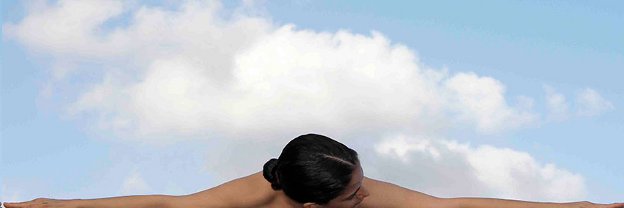
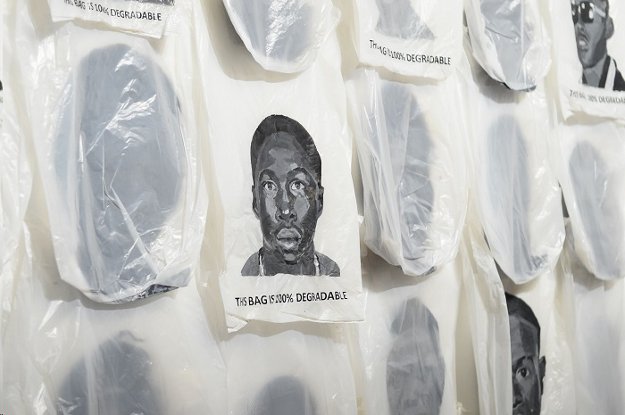
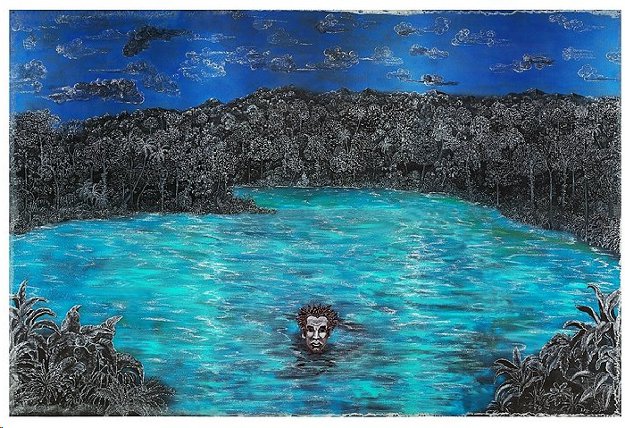
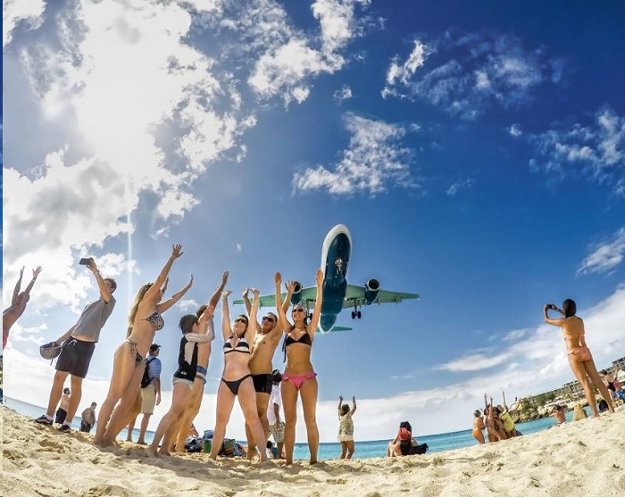

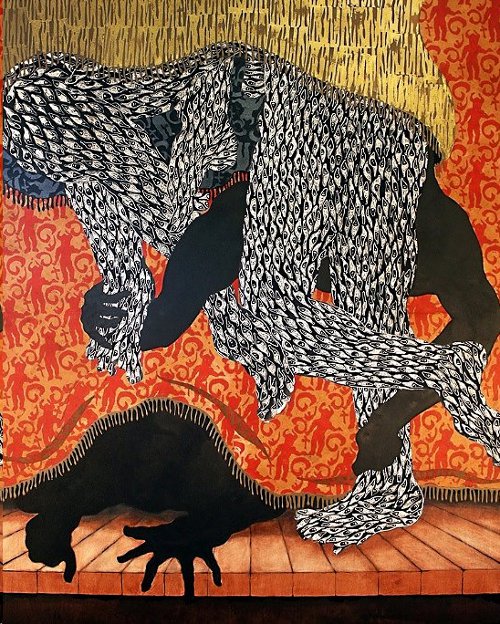
Highbrow Magazine




























































































































































































































































































































